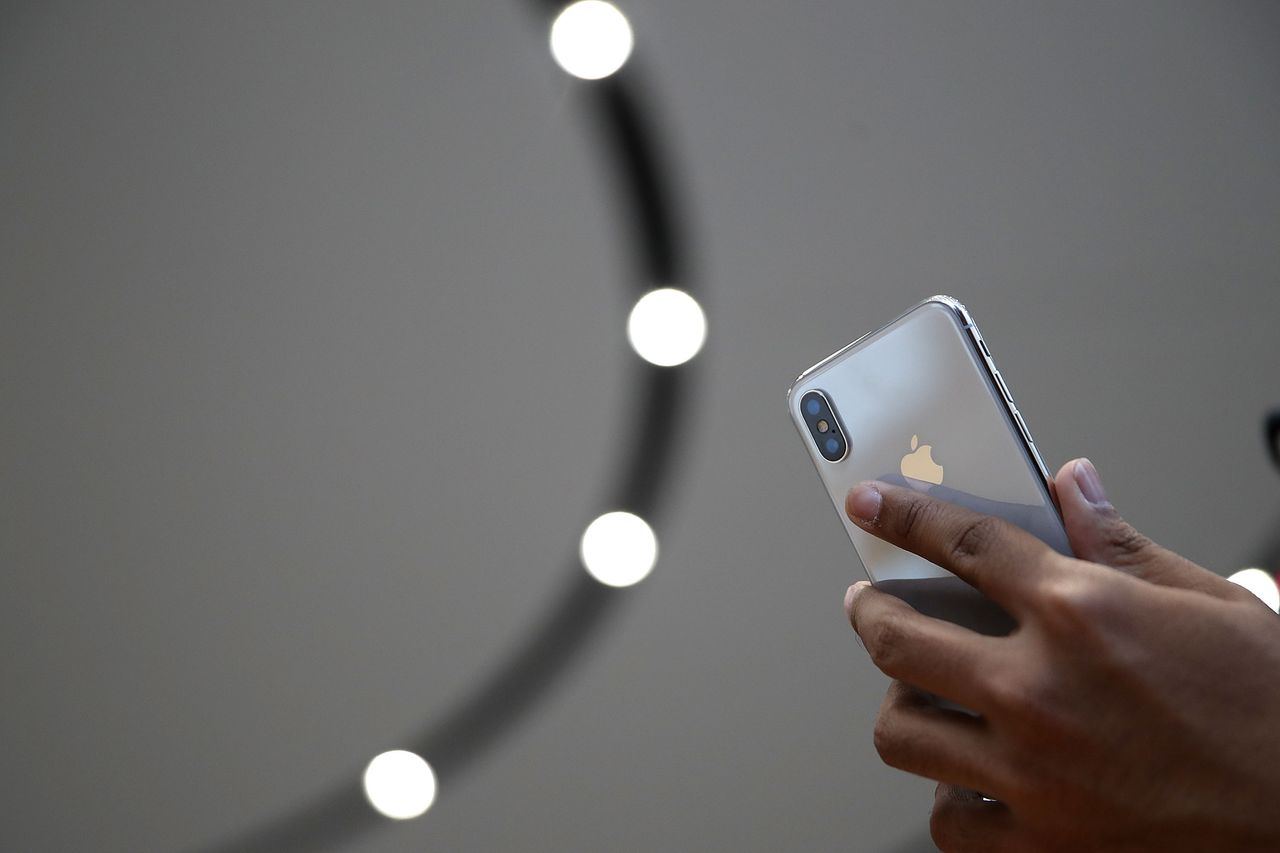iPhone Has Never Been More Popular With Teens
And that’s good for Apple stock.
The popularity of Apple’s iPhone with teenagers is near record highs, according to research from Piper Sandler. And that’s good for Apple stock.
In its 2022 survey of teens, which covered more than 7,000 respondents, Piper Sandler found that 87% had an iPhone — only slightly below the 88% record set in spring 2021. Analysts at the investment bank said that this number could return to record highs because 87% also intend the iPhone to be their next smartphone purchase.
Apple (ticker: AAPL) shares were down 1.5% in Wednesday’s premarket trading, largely in line with futures tracking the S&P 500 and Nasdaq indexes.
“Overall, we view the survey results as a sign that Apple’s place as the dominant device brand among teens remains well intact,” a team at Piper Sandler led by Harsh V. Kumar said in a report Wednesday.
More than 23% of teens plan to upgrade to an iPhone 13 in the coming months, the data showed.
“The iPhone appears to be set up well, with iPhone 13 ownership off to a strong start,” the Piper Sandler analysts said. “iPhone ownership remains near all-time levels, with continued strong purchase intention moving forward.”
The data is a good sign for Apple stock — especially the sky-high purchase intentions for the iPhone. The company’s flagship product is a key driver of revenue at the tech giant, and, as Barron’s has reported, the company’s stock price practically lives and dies based on yearly iPhone sales.
Apple’s non-handset products are also doing well, according to the research, with more than 30% of teens surveyed owning an Apple Watch and 72% owning AirPods.
The Piper Sandler survey also revealed that TikTok has surpassed Snapchat for the first time as the favourite social media platform among teens, at 33% compared to 31% preference for Snapchat. Shares in parent company Snap (SNAP) were down more than 2% in premarket trading Wednesday.
E-commerce giant Amazon (AMZN) also remained top-of-mind among teens as a preferred website, according to the analysts; shares in Amazon were 1.5% lower.
 Copyright 2020, Dow Jones & Company, Inc. All Rights Reserved Worldwide. LEARN MORE
Copyright 2020, Dow Jones & Company, Inc. All Rights Reserved Worldwide. LEARN MORE
This stylish family home combines a classic palette and finishes with a flexible floorplan
Just 55 minutes from Sydney, make this your creative getaway located in the majestic Hawkesbury region.
Continued stagflation and cost of living pressures are causing couples to think twice about starting a family, new data has revealed, with long term impacts expected
Australia is in the midst of a ‘baby recession’ with preliminary estimates showing the number of births in 2023 fell by more than four percent to the lowest level since 2006, according to KPMG. The consultancy firm says this reflects the impact of cost-of-living pressures on the feasibility of younger Australians starting a family.
KPMG estimates that 289,100 babies were born in 2023. This compares to 300,684 babies in 2022 and 309,996 in 2021, according to the Australian Bureau of Statistics (ABS). KPMG urban economist Terry Rawnsley said weak economic growth often leads to a reduced number of births. In 2023, ABS data shows gross domestic product (GDP) fell to 1.5 percent. Despite the population growing by 2.5 percent in 2023, GDP on a per capita basis went into negative territory, down one percent over the 12 months.
“Birth rates provide insight into long-term population growth as well as the current confidence of Australian families,” said Mr Rawnsley. “We haven’t seen such a sharp drop in births in Australia since the period of economic stagflation in the 1970s, which coincided with the initial widespread adoption of the contraceptive pill.”
Mr Rawnsley said many Australian couples delayed starting a family while the pandemic played out in 2020. The number of births fell from 305,832 in 2019 to 294,369 in 2020. Then in 2021, strong employment and vast amounts of stimulus money, along with high household savings due to lockdowns, gave couples better financial means to have a baby. This led to a rebound in births.
However, the re-opening of the global economy in 2022 led to soaring inflation. By the start of 2023, the Australian consumer price index (CPI) had risen to its highest level since 1990 at 7.8 percent per annum. By that stage, the Reserve Bank had already commenced an aggressive rate-hiking strategy to fight inflation and had raised the cash rate every month between May and December 2022.
Five more rate hikes during 2023 put further pressure on couples with mortgages and put the brakes on family formation. “This combination of the pandemic and rapid economic changes explains the spike and subsequent sharp decline in birth rates we have observed over the past four years,” Mr Rawnsley said.
The impact of high costs of living on couples’ decision to have a baby is highlighted in births data for the capital cities. KPMG estimates there were 60,860 births in Sydney in 2023, down 8.6 percent from 2019. There were 56,270 births in Melbourne, down 7.3 percent. In Perth, there were 25,020 births, down 6 percent, while in Brisbane there were 30,250 births, down 4.3 percent. Canberra was the only capital city where there was no fall in the number of births in 2023 compared to 2019.
“CPI growth in Canberra has been slightly subdued compared to that in other major cities, and the economic outlook has remained strong,” Mr Rawnsley said. “This means families have not been hurting as much as those in other capital cities, and in turn, we’ve seen a stabilisation of births in the ACT.”
This stylish family home combines a classic palette and finishes with a flexible floorplan
Just 55 minutes from Sydney, make this your creative getaway located in the majestic Hawkesbury region.






















